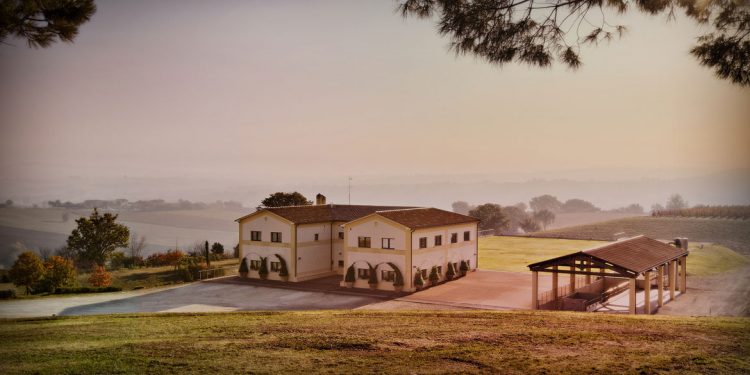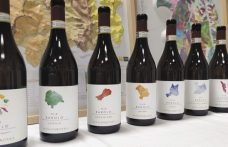
The Sagrantino Revolution of Còlpetrone

Sagrantino is the most tannic grape variety in existence. But it is also very acidic and apparently untameable, with an “absolute need for light and warmth”. Through the years it has been loved, rediscovered, made into more serious versions, abandoning a past that was “only sweet, and destined for dunking biscuits in at village fetes”. It has come a long way in forty years! However, despite its success, it is often still hard in the glass, incomprehensible in some countries, appreciated more with words than with actions in Italy.
At Còlpetrone, Sagrantino is experimenting with a third way
At the Tenute del Cerro, part of the Unipol group today, and particularly at the Còlpetrone estate (63 of vineyards, the most extensive estate in the area), the winemakers Riccardo Cotarella and Raffaele Pistucchia have started an experiment on the great Italian native variety, whose first results we tasted at the national preview.
A surprising taste
A surprising wine. We don’t know if or how it will evolve (nobody can know) but it is certainly revolutionary compared to the sensory profile we are used to. The nose is fruity, with marked notes of morello cherry, alongside more typical dark overtones of the variety, and fresh flowers with a grassy-balsamic touch. But you really see the Copernican revolution in the mouth: the weight is dense, very dense, but with a surprisingly silky texture. The character of the Sagrantino returns at the finish, very fresh and with a supporting acidity that promises well for the future.
The Sagrantino revolution: what has changed in the vineyard
Grape ripening is pushed to the extreme limit in the vineyard (without falling into overripening, though). The bunches enjoy total exposure to the heat of the sun, thanks to good management of the spurred cordon. 50% of the bunches are thinned on the plant (at 80% of ripening). The bunches furthest from the trunk are cut: they would find it more difficult to absorb potassium, which gives “character” to the grapes.
The skins are separated in the cellar
Lastly, these rich, selected grapes are vinified differently than usual: the skins are separated during fermentation (when only 70% of the sugars have been transformed into alcohol), therefore 30% of the “new” Sagrantino ferments without skins, to avoid excessive concentration of polyphenols. The result: a not excessive richness of ripe tannins, and after 7 months the wine is already pleasant (which we are tasting now).
See also ...




The battle continues with the new Chianti Gran Selezione
On 11th November, the Chianti Wine Consortium announced Read more

